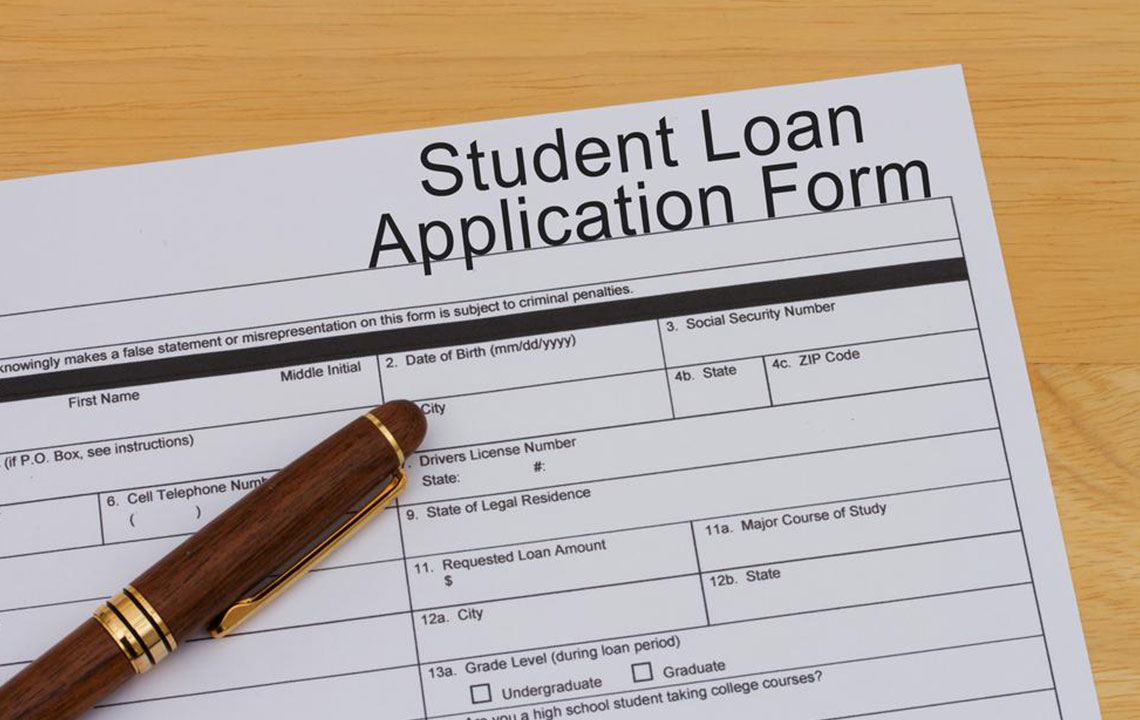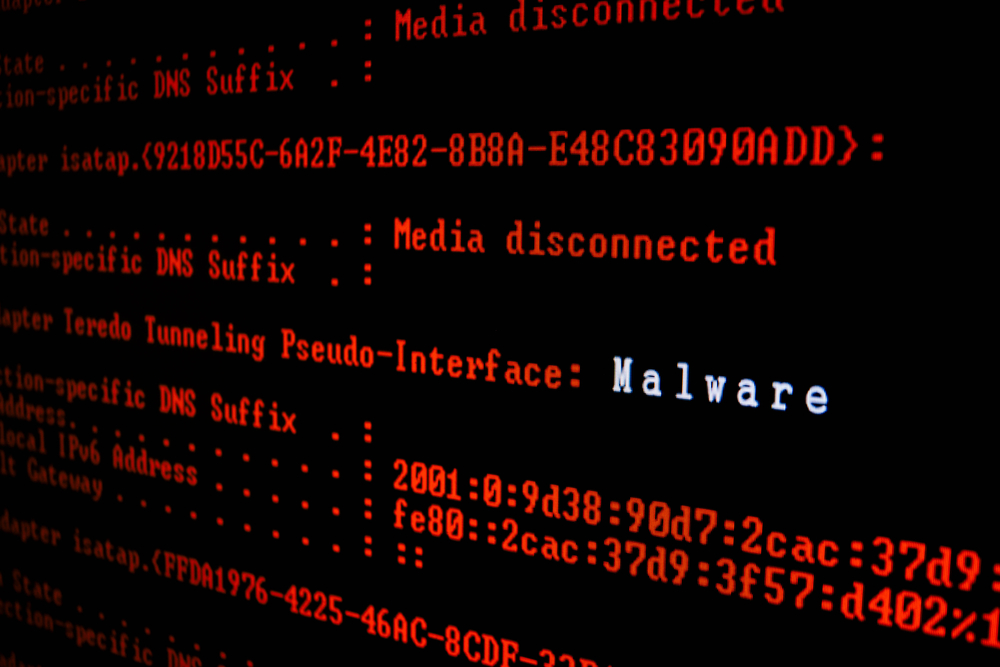How to Determine Your Eligibility for No-Cosigner Student Loans
Learn how to determine your eligibility for federal student loans that do not require a cosigner. Discover key loan programs, eligibility criteria, and tips to secure funding for higher education without needing a guarantor. This guide helps students navigate federal options confidently and plan their academic financing effectively.

How to Determine Your Eligibility for No-Cosigner Student Loans
Discover How to Qualify for Student Loans Without a Cosigner
Pursuing higher education is essential for better career opportunities and higher salaries, but it often comes with a hefty price tag that can strain both your and your family's finances. For students without sufficient funds to cover tuition, applying for loans after exploring federal grants and scholarships is a practical solution. Generally, federal student loans are preferable over private options, as they typically don't require a cosigner. Private loans, on the other hand, usually make it difficult to borrow without one.
Types of Federal Student Loans Without a Cosigner
Major Federal Loan Programs
The U.S. Department of Education offers two primary federal loan options to support students financially:
The William D. Ford Direct Loan Program
This is the main federal student loan initiative, with the Department acting as the lender. It includes:
Direct Subsidized Loans: For undergraduate students demonstrating financial need to cover educational expenses.
Direct Unsubsidized Loans: Available to undergraduate, graduate, and professional students regardless of financial need.
Direct PLUS Loans: For graduate or professional students, or parents of undergraduates, to pay for expenses not covered by other aid.
Direct Consolidation Loans: To combine multiple federal loans into a single, manageable loan with one lender.
The Federal Perkins Loan Program
Designed for students with exceptional financial need; the respective school acts as the lender, and aid varies by institution.
Eligibility Criteria for Federal Student Loans
Show financial need (difference between Cost of Attendance and Expected Family Contribution) for most programs, except for Unsubsidized Loans.
Be a U.S. citizen or eligible non-citizen.
Possess a valid Social Security Number (exceptions apply to students from certain Pacific islands).
Register with Selective Service if required.
Be enrolled at least half-time in an approved program.
Maintain satisfactory academic progress.
Complete and sign the FAFSA, confirming that you are not in default on prior federal loans, owe no federal grants, and will use the funds solely for education.
Possess a high school diploma or equivalent, or meet other eligibility paths like approved home-schooling or ability to benefit programs.
Your borrowing limit depends on your financial need, but caps exist regardless. If you reach your loan limit, your parents might be eligible for a Parent Direct PLUS Loan, or you may increase your unsubsidized loan limits.
For detailed info and to verify your eligibility, visit studentaid.ed.gov. Rest assured, you can qualify for student loans with no cosigners.
Note:
Our website provides insightful information across multiple categories, based on thorough research. However, since policies and offers vary, readers should verify details independently. We disclaim responsibility for any discrepancies or outdated data, and acknowledge that some schemes or options might not be covered here.










